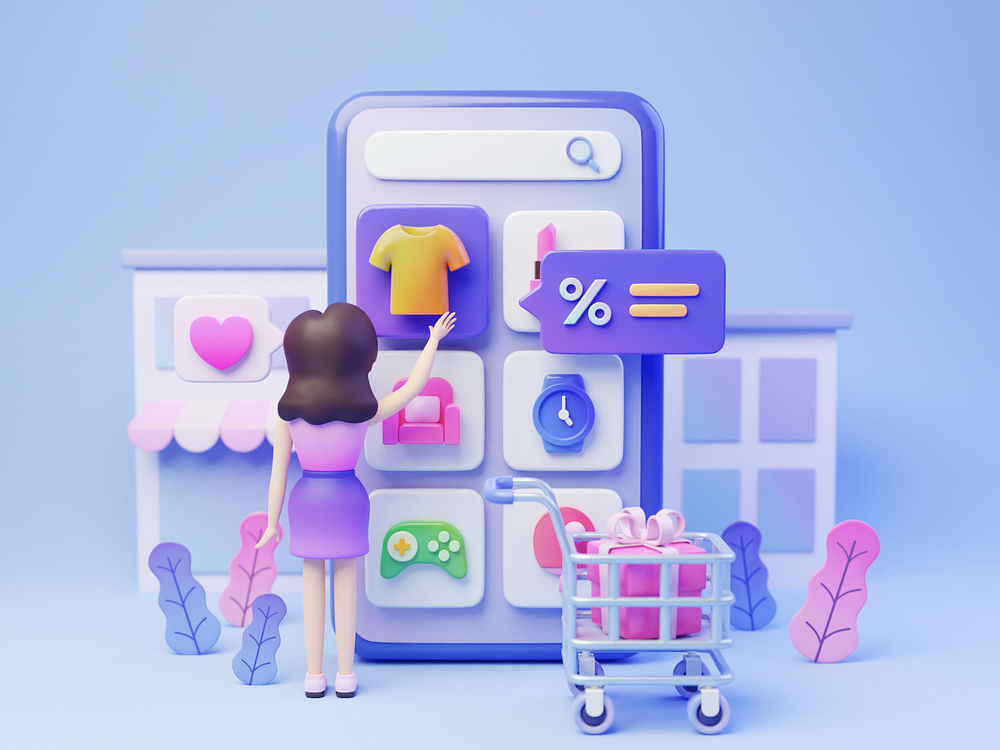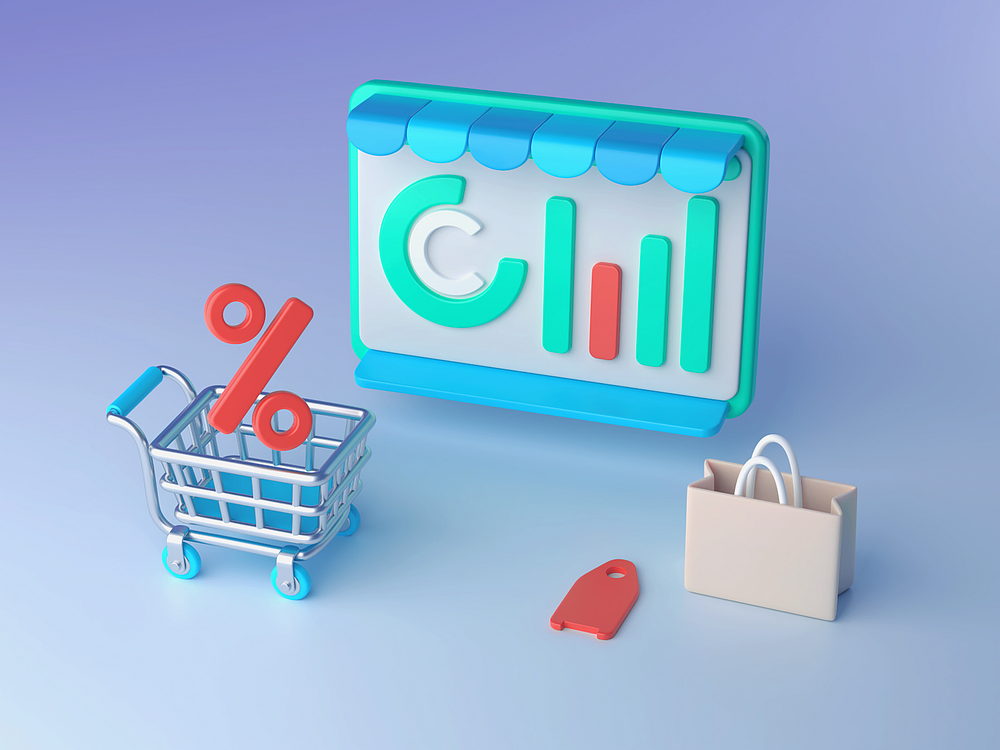

Label
- Next.js
- Nest.js
- MongoDB/Postgres
- Custom-built Algorithms

Label is a groundbreaking AI-powered platform designed to transform the data labeling process across various industries. The Label platform is a comprehensive solution designed to integrate e-commerce and social media functionalities, providing a unique shopping experience for users while enabling vendors to manage their products effectively. The platform is structured into three main components: the Admin Portal, the Vendor Portal, and the iOS App.

Streamlined Workflow
By automating the data labeling process, Label significantly reduces the time and effort required for annotation tasks. This allows users to focus on more strategic activities, such as model development and data analysis.
High-Quality Data Annotations
The advanced AI algorithms used in Label ensure that the labeled data is of the highest quality. This accuracy is crucial for training machine learning models, leading to better performance and more reliable outcomes.
Cost Efficiency
With Label, organizations can reduce labor costs associated with manual labeling. The platform’s ability to handle large datasets quickly translates to significant savings in both time and financial resources.
Flexibility and Scalability
Label is adaptable to various project sizes and data types. Whether you’re working on a small pilot project or a large-scale deployment, the platform can scale to meet your needs, making it a versatile solution for any organization.
Enhanced Collaboration
The user-friendly interface and integration capabilities of Label promote collaboration among team members. Stakeholders can easily share annotations, provide feedback, and make adjustments in real time, improving overall project efficiency.
Reduced Bias
With built-in quality assurance processes, Label helps to mitigate bias in data labeling. This ensures that the data used for training models is more representative, leading to fairer and more accurate outcomes.
Comprehensive Support
The platform offers extensive resources, including user guides, tutorials, and a dedicated support team. This helps users navigate the platform effectively and resolve any issues that may arise.
Continuous Improvement
By choosing Label, you gain access to ongoing updates and enhancements. The platform is constantly evolving to incorporate the latest advancements in AI technology, ensuring that you always have the best tools at your disposal.

Login/Signup
The user registration process begins with a straightforward login/signup feature, allowing users to easily register and log into the platform. New users can create an account by providing essential information, such as their name, email address, and password. This process is designed to be user-friendly, with clear instructions and validation to ensure that users can successfully complete their registration. Existing users can log in using their credentials, providing immediate access to the platform’s features.
Vendor Portal
After logging in, users can access a dedicated vendor portal, which serves as their primary interface for interacting with the Label platform. This portal is designed to enhance the user experience by offering a range of functionalities tailored to meet the needs of vendors.
Next.js Front End
The vendor portal features a Next.js front end, which ensures a responsive and dynamic user interface. Next.js is a popular React framework that enables server-side rendering, allowing for faster page loads and improved performance. The front end is designed with a clean and intuitive layout, making it easy for users to navigate through different sections of the portal. The responsive design ensures that the portal is accessible across various devices, including desktops, tablets, and smartphones, providing users with flexibility and convenience in managing their labeled data products.
Nest.js Back End
The back end of the vendor portal is built on Nest.js, a robust and scalable backend architecture that leverages TypeScript. Nest.js is known for its modular structure, which allows for easy maintenance and scalability as the platform grows. This architecture facilitates seamless communication between the front end and the database, ensuring that user requests are processed efficiently. With a focus on performance and security, the Nest.js backend handles authentication, data storage, and business logic, providing users with a reliable and secure environment to manage their activities on the platform.
Swift Mobile Front End
The Label platform includes a dedicated mobile application developed using Swift, tailored for iOS users. This choice of programming language ensures a smooth and efficient user experience, providing a responsive interface that allows users to easily navigate the app. The app is designed to offer quick access to labeled data products, enabling vendors to manage their brands and sales on-the-go, ultimately enhancing user engagement.
Nest.js Mobile Back End
The mobile application leverages the same robust backend architecture as the web application, built with Nest.js. This powerful framework provides a scalable and secure environment for handling data transactions and user requests. By utilizing a unified backend, the mobile app ensures consistent performance, real-time data synchronization, and seamless integration with the Label platform, allowing users to access the same features and functionalities as the web version.
Conclusion
Label stands at the intersection of innovation and efficiency, redefining the data labeling landscape for diverse industries. By integrating advanced AI technologies, the platform simplifies the data preparation process while enhancing the quality of machine learning models. As we continue to evolve and adapt to user needs, Label aims to remain a leader in AI-powered data solutions, empowering organizations to thrive in the digital age.
